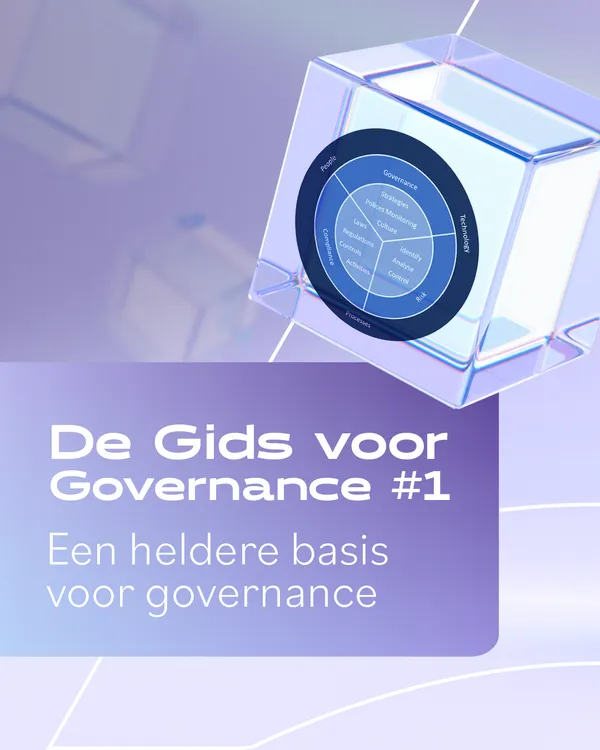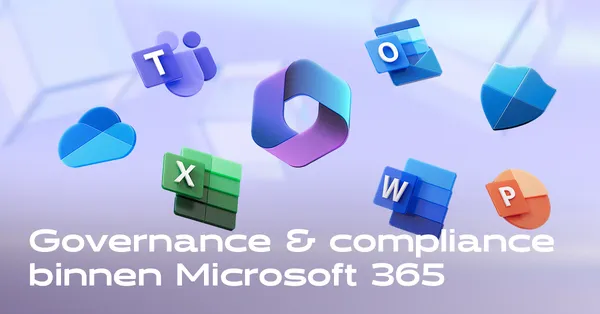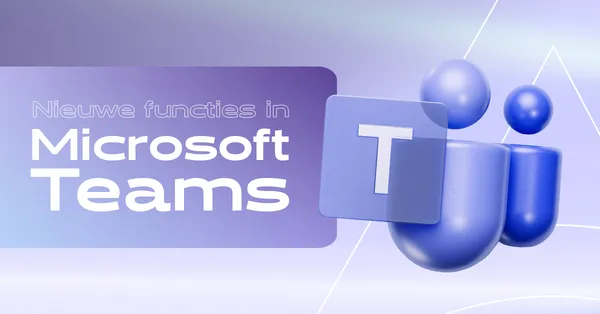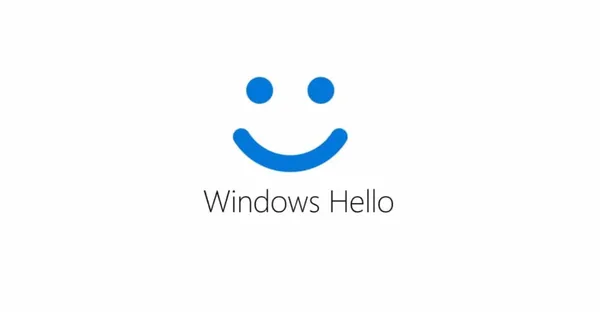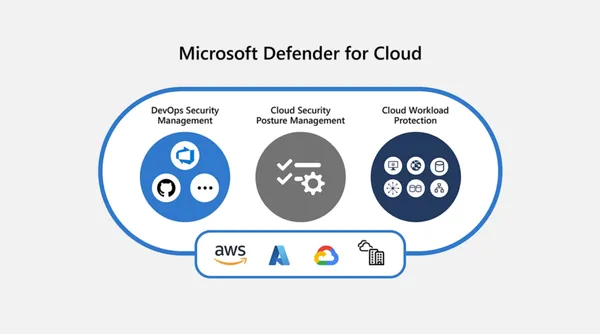
Knowledge base
October 30, 2022
What impact does Microsoft Loop have on the Microsoft 365 service
Although Microsoft Loop is not yet generally available, Microsoft has released details on how Loop can connect users and projects through the Microsoft 365 service.
The addition of Microsoft Loop is probably the most significant change Microsoft has made to its Microsoft 365 platform.
Microsoft Loop, based on Microsoft’s Fluid Framework, lets users collaborate in previously impossible ways. Some of these new features are already available in Microsoft Teams, but Microsoft will soon make Loop available for all Microsoft 365 applications. Loop is now in private preview and public release is on the horizon.
The elements of Microsoft Loop and how they work together with Microsoft 365
Microsoft Loop’s capabilities are very different from other collaboration features available today. To understand and fully appreciate what Loop brings to the table, it is helpful to look at the basic building blocks that make up Microsoft Loop and how they connect to Microsoft 365.
Microsoft Loop consists of three high-level structural elements: Loop components, Loop pages and Loop workspaces.
Loop components
Of the three, Loop components are perhaps the most important. A Loop component is essentially just a document object with loop functionality. To put this into perspective for a Microsoft 365 user, imagine a Microsoft Word document. Although Word is primarily intended for writing and editing basic text, it supports numerous design elements. With the addition of Loop components, Word supports different component types with real-time editing in the Microsoft 365 suite. These live editing components include paragraphs of text with bulleted lists, tables, checklists and numbered lists.
Loop differs from its old Microsoft Office 365 counterpart because these elements work together in the productivity suite.
Think of a user adding a paragraph to a Microsoft Word document, but not sure if it is correct. Instead of emailing the entire document to someone who can edit and approve the addition, that user can copy the Loop section to Outlook and email it to a supervisor or send it to them in Microsoft Teams. The recipient opens the message with the paragraph and makes a change from Outlook or Teams. That change appears immediately in the original Word document. Other Loop components behave similarly in Microsoft 365 applications.
Walk pages
A running page is a document that contains one or more running components. As it stands, the Microsoft Loop app acts as a blank canvas on which you can add loop components. Some users might work within this interface, but the value of Microsoft Loop is that users can keep the components in the apps and files they need without having to search for them.
Walk work spaces
It can be useful to think of Loop workspaces as a bit of a next-generation OneNote and essentially serve as a file explorer for Microsoft 365. OneNote allows users to create notebooks that group similar information together. Users can then create sections in the notebook and pages in each section. These pages are free form and are suitable for different types of content. These can be embedded files, handwritten text, recordings or numerous other Loop elements.
Loop workspaces is an application designed to help users keep their loop pages organized. For example, a user can group related Loop pages for a project, and that workspace can serve as the central hub for a team to access all project resources.
Loop workspaces do not limit users to working with loop pages. Like OneNote, users can add several other content types, such as a Word document in addition to some loop pages.
Enterprise use cases for Loop within Microsoft 365
Microsoft Loop has enormous potential to change the way collaboration works in an enterprise environment. Organizations that have adopted a hybrid work model with some users in the office while others work remotely can especially benefit from this technology. This is because Microsoft Loop is location agnostic. Remote and on-site users can all collaborate on the same documents at the same time if they have an Internet connection and a valid set of Microsoft 365 credentials.
It is reasonable to note that real-time document collaboration is nothing new. At the height of the pandemic, many organizations added Google Documents and other G Suite services to their workflows because users in remote locations could collaborate on a document in real time. What makes Microsoft Loop different, however, is that Loop does not tie the collaboration process to a specific document. Collaboration occurs at the loop component level rather than at the individual file level. This means users can edit the data using the loop-enabled application that makes the most sense for them at any given time. One user can edit a table in Word, while another user looking at the table in Teams sees the change in real time.
There is another aspect of Microsoft Loop that is much more profound. Loop provides business users with a single source for all their Microsoft 365 work, data and files. Consider how many copies of one document may exist within an organization. There may be only one copy of the document stored on a SharePoint site, but that does not take into account the original Word document stored on – possibly – multiple hard drives of the laptop. How many versions of that document have been emailed back and forth between users? Because of each user’s changes, all those document copies probably differ slightly from each other. Loop ensures that even if someone were to open an old document copy, the data in the document is always up-to-date – assuming it is based on Loop components.
Third-party integrations for Loop
While Loop in itself represents an attractive collaboration framework, one step Microsoft has taken is for Loop to become a gamechanger for some organizations. Microsoft has made Loop extensible, allowing private developers and third-party vendors to create new loop data types.
From the perspective of an enterprise IT department, this means users can eventually create Loop pages with both Microsoft 365 data and data from the line-of-business applications they use in their daily workflows. Because all of this data is Loop-enabled, it is always up-to-date and reflects real-time changes. It may even become possible to establish relationships between these different types of data, such as a real-time Excel chart linked to data from a sales app.
Although these plug-ins and third-party integrations are hardly ready for market, the potential of this technology may be widely spread across numerous business-critical processes.
Source: tech target
Want to know more?

Related
blogs
Tech Updates: Microsoft 365, Azure, Cybersecurity & AI – Weekly in Your Mailbox.

